Nestled between the Manukau and Waitamatā harbour, laden with kaimoana (seafood) of every kind and blessed with fertile volcanic soils, Manukau has always been a place of abundance.
Ōtuataua in Māngere was once the largest traditional horticultural site, feeding tens of thousands of people for over 1000 years.
This ability to harvest did not go unnoticed by early european settlers and eventually Māngere would become pātaka kai o te ora: the centre of healthy, organic, locally grown food. The rich red earth of the south continues to give quality produce even now.
In contemporary times, this narrative has changed. What was once a place of abundance has now become a place of insufficiency. What was once a place of food production is now saturated with energy dense, nutrient poor foods.
Papatūānuku Kōkiri Marae is a champion in regenerative growing practices within an urban setting. This past Easter weekend, Marae whānau and volunteers got their hands dirty as they harvested thousands of kūmara.

Kaitiaki Matua Lionel Hotene, says 25,000 kūmara seeds were planted last year by Marae volunteers. Those 46 volunteers were back Easter weekend to harvest the kūmara.
“Our volunteers come from all walks of life. We had quite a few from our Grey Lynn Markets community who wanted to learn about where their produce comes from,” says Lionel.
He says Papatūānuku Marae has been selling their kūmara through their Facebook page, outdoor signage, Grey Lynn Markets as well partnerships with organisations, creating a local food economy that is owned and operated by the community.

“We’re reducing food waste and addressing food security, something that is really needed for our whānau here in Māngere,” he adds.
“A food court at any local mall can be a drawcard, but the options there are mostly big-branded fast food outlets,” says Mason Ngawhika, Kaiārahi Māori at Healthy Families South Auckland.
“Yet, we know Manukau was historically a pātaka kai o te ora: the centre of healthy, organic, locally grown food.”
South Auckland has the largest Māori and Pacific population in New Zealand and much of the food knowledge and food talent exists in our communities.
“The marae community are learning about kai sovereignty from start to finish, this is a prime example that shows them they can do it themselves.”
Papatūānuku Marae began their gardens 30 years ago, a vision started by Nanny Mere Knight who dreamed of creating a local food network.
“Nanny Mere was always about enabling whānau to set up their own social enterprises, give whānau the opportunity to make their own income, build a legacy and showcase our traditional polynesian food,” says Lionel
If you’re interested in volunteering in the Papatūānuku Kōkiri Marae garden, click here to sign-up through their website.
Harvesting your own kūmara:
- Kūmara takes approximately 100-120 days from planting to harvest.
- Harvest once the leaves start to yellow (usually in autumn if planted in spring).
- Cut back the foliage and then lift kumara carefully using a fork.
- Leave them on the bed to cure in the sun for a couple of days.
- Cover them at night (with a sack or newspaper).
- Then store in a cool dry place.



